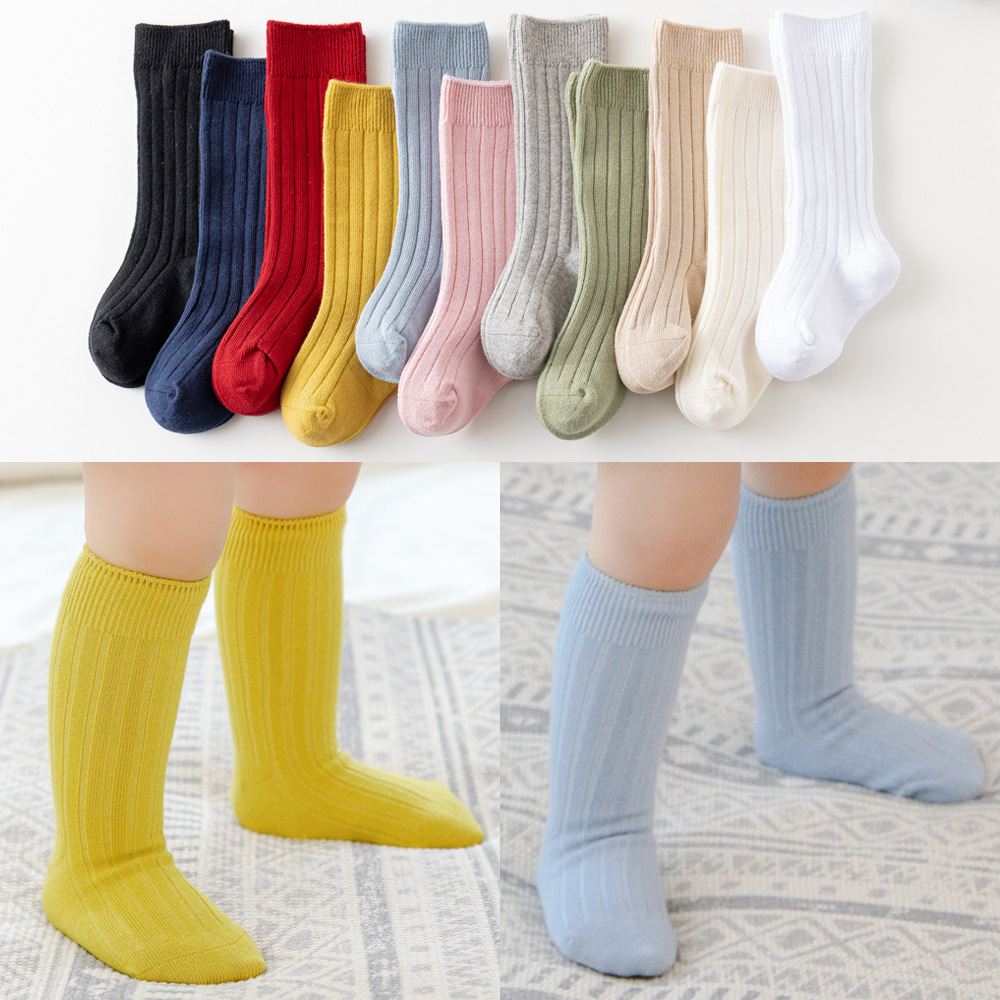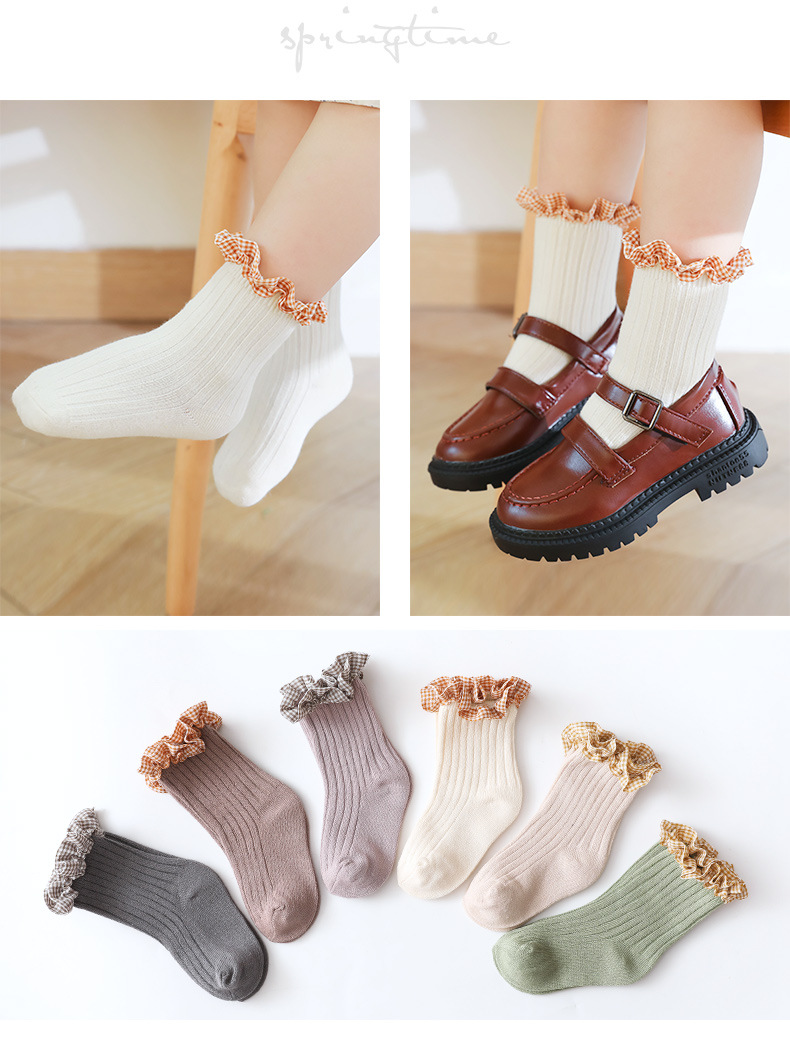Artificial Intelligence
In the first half of the year, Germany imported 3,400 million euros of Chinese clothes
According to the latest data from the Federal Statistical Office of Germany, imports in the first half of this year saw a significant rise, increasing by 15% compared to the same period last year, reaching a total of 383.6 billion euros. This growth reflects stronger economic activity and increased demand for foreign goods across the country.
Among these imports, Germany's purchases from China surged by 35.6%, reaching 34.6 billion euros, making China the top source of imports for Germany, surpassing the Netherlands. The main categories of goods imported from China include toys, clothing, electronics, and machinery, highlighting the strong trade relationship between the two countries.
On the export side, Germany also experienced robust growth, with exports rising by 17.1% to 458.3 billion euros in the first half of the year. This increase was largely driven by rising demand from emerging markets. Notably, exports to Brazil grew by 61.3%, followed by China at 55.5% and Turkey at 38.8%. These figures show that Germany is expanding its trade networks beyond traditional partners.
Despite this progress, France, the United States, and the Netherlands remain Germany’s most important trading partners in terms of exports. China, while ranking seventh, plays a key role in exporting vehicles and automotive components, reflecting the strength of the German automotive industry.
Overall, the strong performance in both imports and exports indicates a dynamic and resilient German economy, well-positioned to benefit from global trade trends. As international demand continues to grow, Germany is likely to maintain its position as a major player in global commerce.
Among these imports, Germany's purchases from China surged by 35.6%, reaching 34.6 billion euros, making China the top source of imports for Germany, surpassing the Netherlands. The main categories of goods imported from China include toys, clothing, electronics, and machinery, highlighting the strong trade relationship between the two countries.
On the export side, Germany also experienced robust growth, with exports rising by 17.1% to 458.3 billion euros in the first half of the year. This increase was largely driven by rising demand from emerging markets. Notably, exports to Brazil grew by 61.3%, followed by China at 55.5% and Turkey at 38.8%. These figures show that Germany is expanding its trade networks beyond traditional partners.
Despite this progress, France, the United States, and the Netherlands remain Germany’s most important trading partners in terms of exports. China, while ranking seventh, plays a key role in exporting vehicles and automotive components, reflecting the strength of the German automotive industry.
Overall, the strong performance in both imports and exports indicates a dynamic and resilient German economy, well-positioned to benefit from global trade trends. As international demand continues to grow, Germany is likely to maintain its position as a major player in global commerce.
Socks is also a necessity for everyday life. Solid colors and gradient colors are both available. Also there are many patterns or designs, such as ruffle socks, animal printing socks, etc. For different season, we have different thickness baby socks. And usually we choose cotton socks which is breathable, soft and comfortable. But some other materials socks is also a trend now.
Kids Socks:


infant socks,kids socks,kids knee socks,baby ruffle socks
Shenzhen Baby Happy Industrial Co.,Ltd , https://www.bbabyshoes.com